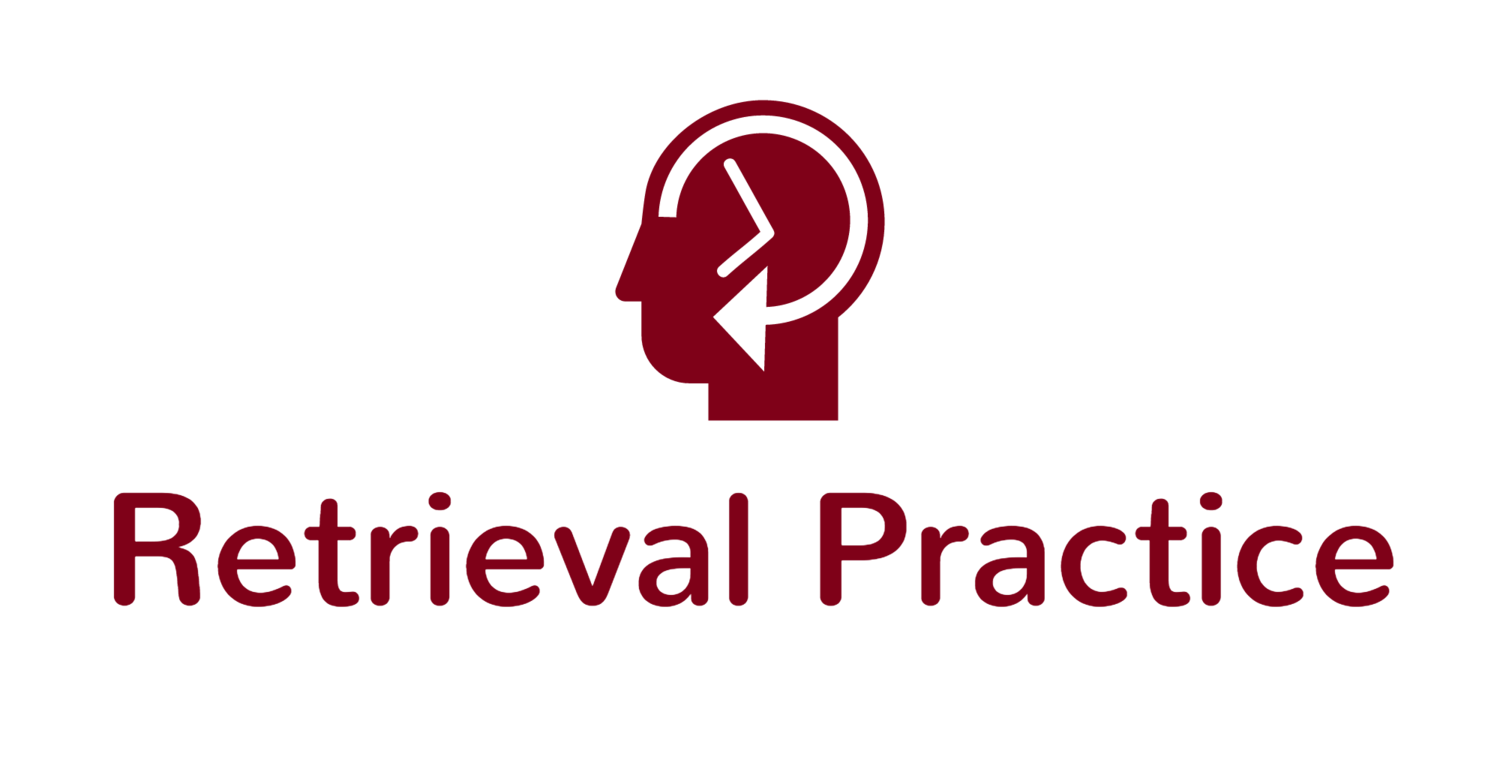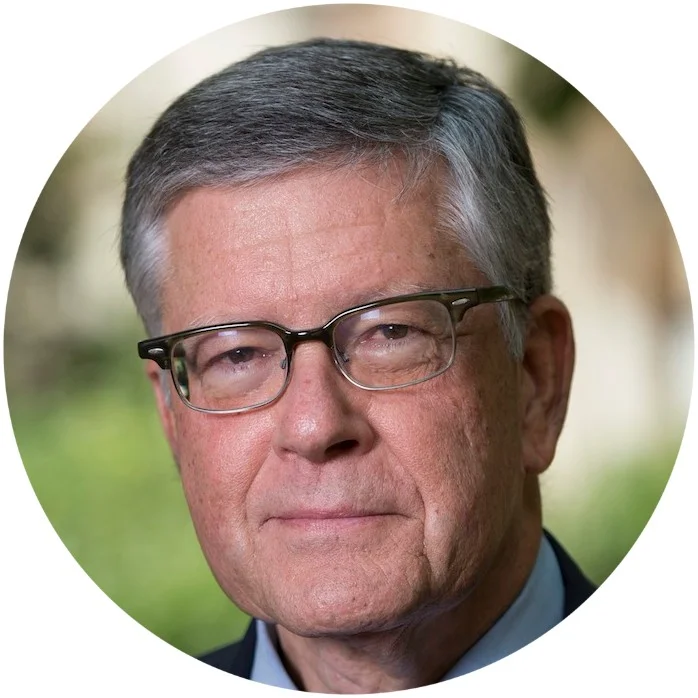Celebrate women in STEM by citing women in STEM
/By Pooja K. Agarwal, Ph.D.
Did you know that two of the lead inventors of the COVID vaccine in the United States are women? Did you also know that there is systemic gender bias in science, where women are consistently cited less frequently than men?
Join me in celebrating and amplifying women in STEM (science, technology, engineering, and math) by downloading and sharing our new list of 10 recommended citations on the science of learning. By using this curated bibliography, you can:
Increase citation rates of diverse scholars in cognitive science
Update your citations with the newest research on learning
Visibly demonstrate your commitment to diversity, equity, and inclusion (DEI) efforts in STEM
Raise awareness of implicit bias and microaggressions in science and beyond
Of all the ways to increase diversity in STEM, why focus on citations? Because it’s a simple and quick way you can make a difference. We created a simple bibliography to make it even easier for you.
Why STEM citations matter
Citations aren’t just a boost to one’s reputation or ego. In STEM fields, citation rates can influence career outcomes, including hiring and promotion decisions, publication authorship, salaries, and grant funding. There is consistent evidence that women are cited less than men and also that the background of scientists can impact research: the questions asked, the participants recruited, and the conclusions drawn.
Update your citations: I am thrilled that educators are sharing resources and teaching ideas based on the science of learning and I’m glad when I see reference lists and citations. But I’ve noticed a consistent pattern: many citations in blogs, infographics, websites, and presentations are at least 20 years old. First, we’ve learned a lot about how learning works in the past two decades. Second, I worry that if we rely on outdated citations to indicate authority, not evidence, retrieval practice will become just another fad in education.
Hold yourself accountable: If you use our bibliography to diversify your citations, consider adding a statement of commitment to your blog, infographic, website, presentation, edtech materials, or news articles. For example: “We demonstrate our commitment to diversity, equity, and inclusion efforts in the science of learning by citing women, BIPOC, and LGBTQ+ cognitive scientists.” This isn’t required to use the bibliography; it’s a statement to publicly acknowledge and hold your organization accountable for amplifying diverse voices in STEM by the citations you choose to use.
More resources and downloads
TL;DR… Here are three new resources for you:
A list of 10 recommended citations on the science of learning
A YouTube playlist featuring women in cognitive science
My Google Slides when I teach my students about implicit bias and microaggressions
In the bibliography, I’ve included 10 recommended peer-reviewed journal articles on retrieval practice, spacing, interleaving, study strategies, and early childhood learning. Does the list capture all of the literature on the science of learning? No, of course not. I recognize that I have cherry picked only 10 publications, which includes a selection of newer research by diverse scientists, with direct applications to education and/or research conducted in real classrooms.
If you’d like a more comprehensive look at research, my colleagues and I published a literature review of classroom research on retrieval practice, including 50 experiments spanning elementary school through medical school. We found that retrieval practice consistently benefits student learning, with the majority of the experiments yielding medium to large effect sizes. You can also download our open access database of the 50 experiments (a Google spreadsheet).
We provide even more recommended research (40 publications, to be exact) in our Retrieval Practice expert list of underrepresented cognitive scientists. You can sort by areas of expertise, and each expert profile includes new links to news articles and YouTube videos featuring their research. Across the list of 40 experts on retrieval practice research, we have scholars located in 5 countries around the world and we speak a total of 11 different languages.
Please use the Retrieval Practice expert list as a resource when inviting speakers for professional development opportunities and collaboration initiatives to further demonstrate your commitment to DEI efforts in STEM.
What you can do in your classroom
Two of the lead inventors of the COVID vaccine in the United States are women, Dr. Kizzmekia Corbett and Dr. Katalin Kariko. As we move onto the next stages of the pandemic, we need make sure that their scientific research and advancements in medicine are acknowledged, cited, and celebrated.
Here are my Google Slides from my cognitive psychology course when I teach my college students about implicit bias and microaggressions. The slides include 3 sets of 45-minute blocks:
Information and videos about implicit bias, the Draw a Scientist program, and the inventors of the COVID vaccine
Research about how scientists measure implicit bias
Videos and discussion questions about microaggressions
You are welcome to use my slides in your classes. Note that the content in my slides may be most appropriate for ages 18+ and one of the videos contains a racial slur. You could also use these slides in your professional development to discuss implicit bias. Spoiler alert: psychology research demonstrates that there may be little to no effect of diversity training on long-term outcomes and behaviors, but I think conversations are a good first step toward raising awareness about implicit bias. Here is a Time Magazine article about the inventors of the COVID vaccine.
If you and your students want to dive in even more, here’s additional research on bias in STEM fields: Proceedings of the National Academy of Sciences, Frontiers in Psychology, Perspectives on Psychological Science, Current Directions in Psychological Science, and The Pew Research Center. I also recommend reading about the #CiteBlackWomen initiative in physics and astronomy, this article written by a trans scientist about their experience in STEM, and a commentary entitled The Future of Women in Psychological Science by 59 leaders in psychology (here’s a podcast about the commentary).
Personal reflection
On a personal note, raising awareness of bias and initiating conversations about bias is hard. As a scientist who identifies as a woman of color, I continue to receive microaggressions, experience casual sexism and racism, and face overt sexist and racist behaviors by others, personally and professionally.
I also receive encouragement and support from my colleagues (particularly those on the expert list), educators around the world, and my college students. When I recently asked my students to draw a scientist, one of my students drew me (photo above). This meant more to me than I can express.
In an article by trans neuroscientist Atom J. Lesiak, their advice for scientists and allies really resonated with me: “Be brave in your allyship and advocacy. It feels scary to speak up against injustice and harassment, but it is worth the risk. It can be intimidating to have to educate a senior faculty member on how they can improve their behavior, when you know they have the power to impact your career.”
Increasing citation rates for women, BIPOC, and LGBTQ+ scientists is small, but it’s a start. I hope you’ll join me in this allyship and advocacy to amplify diverse voices in cognitive science.
































